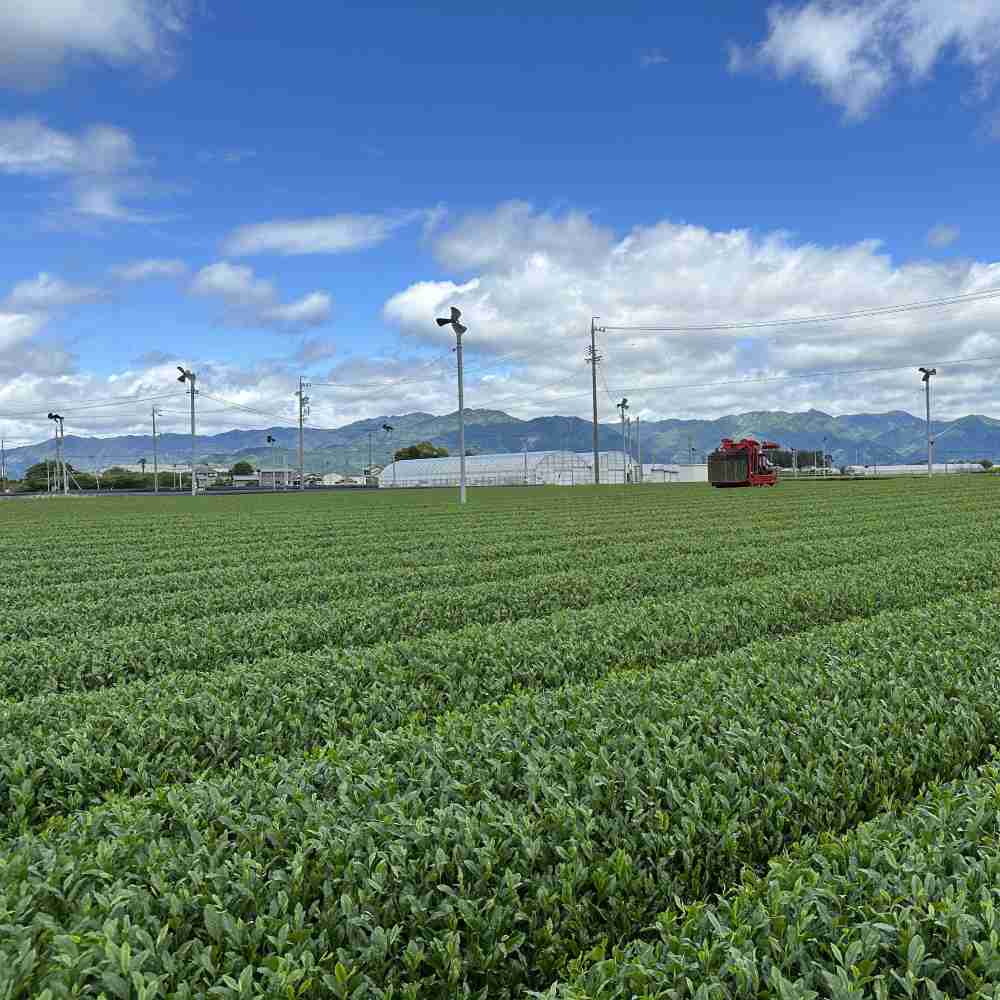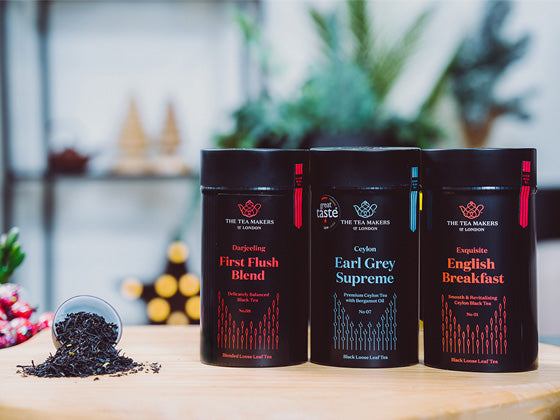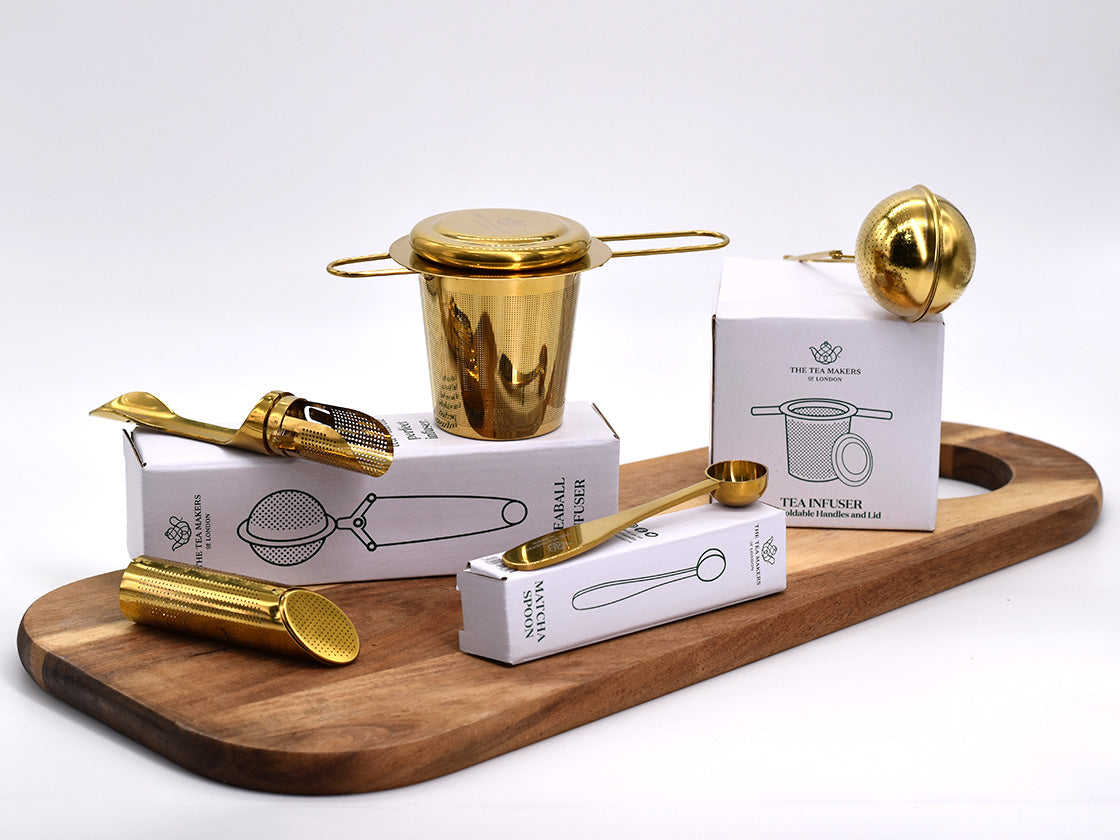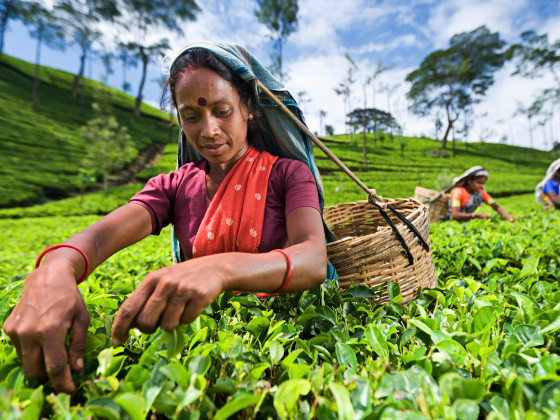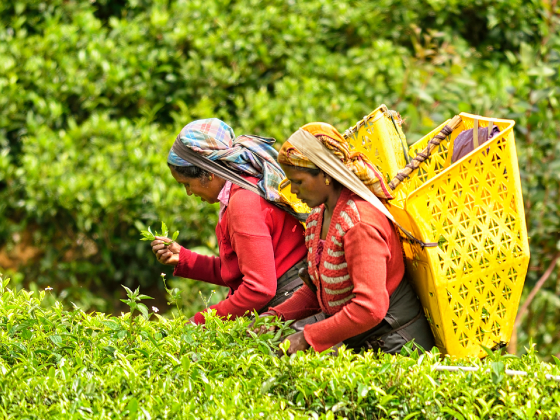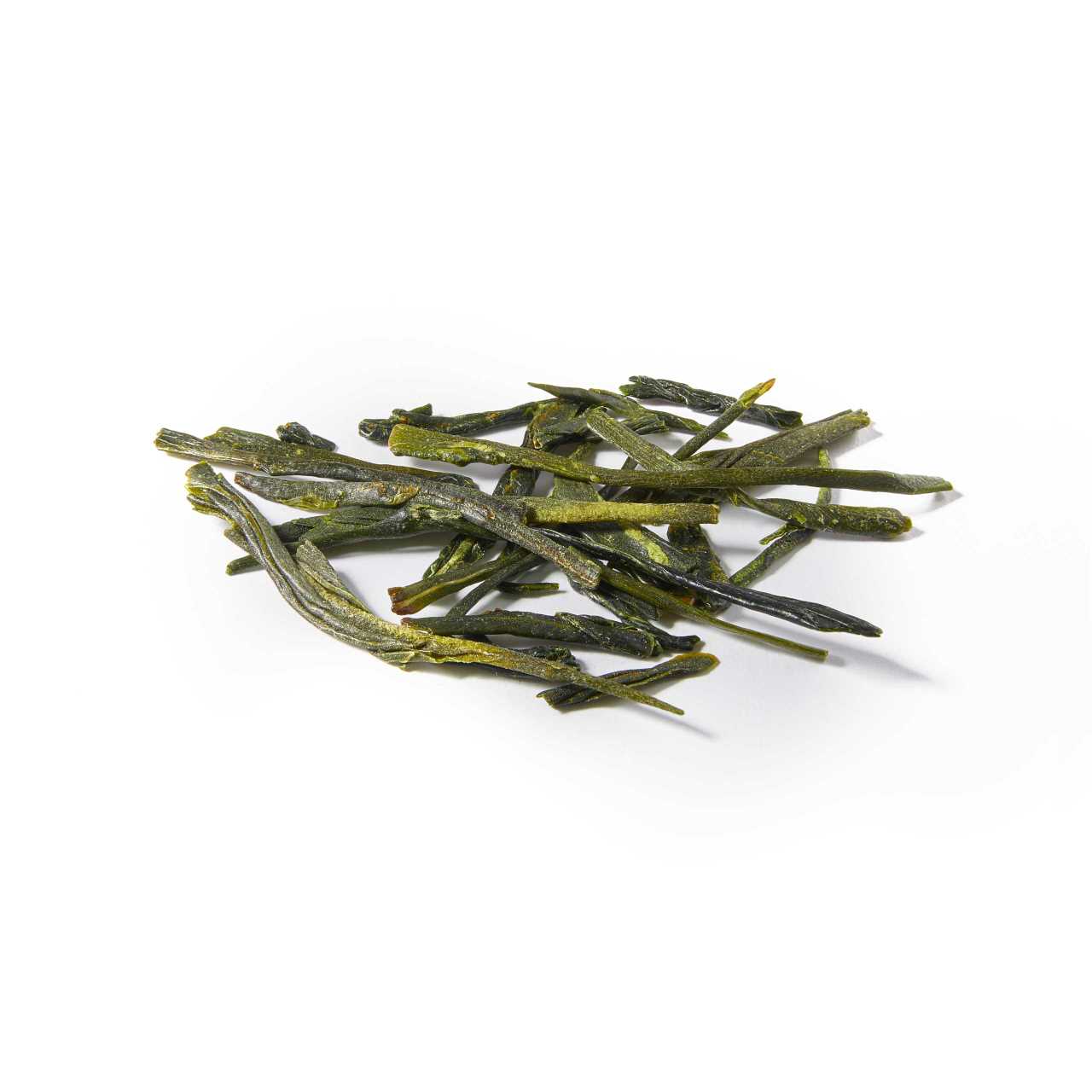

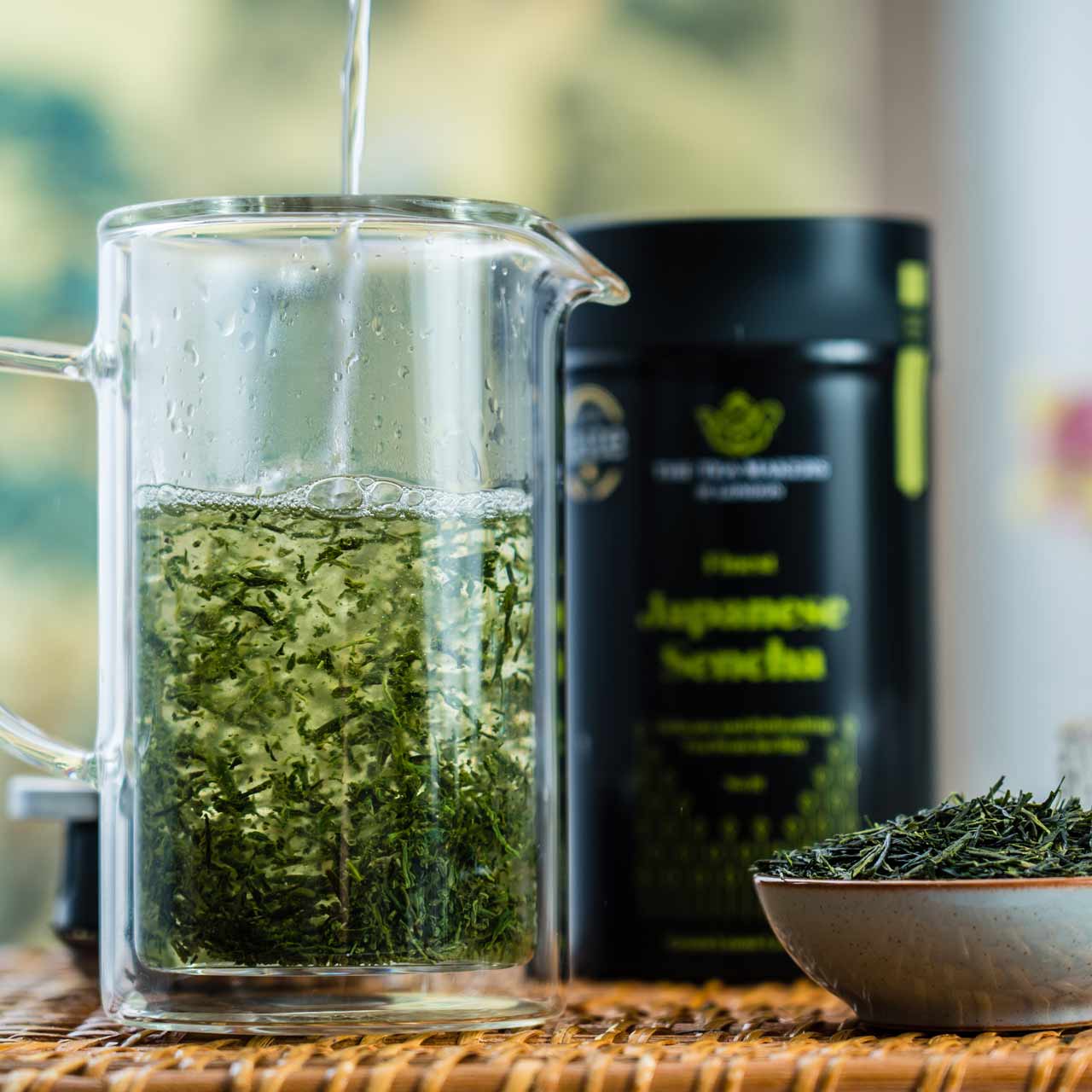

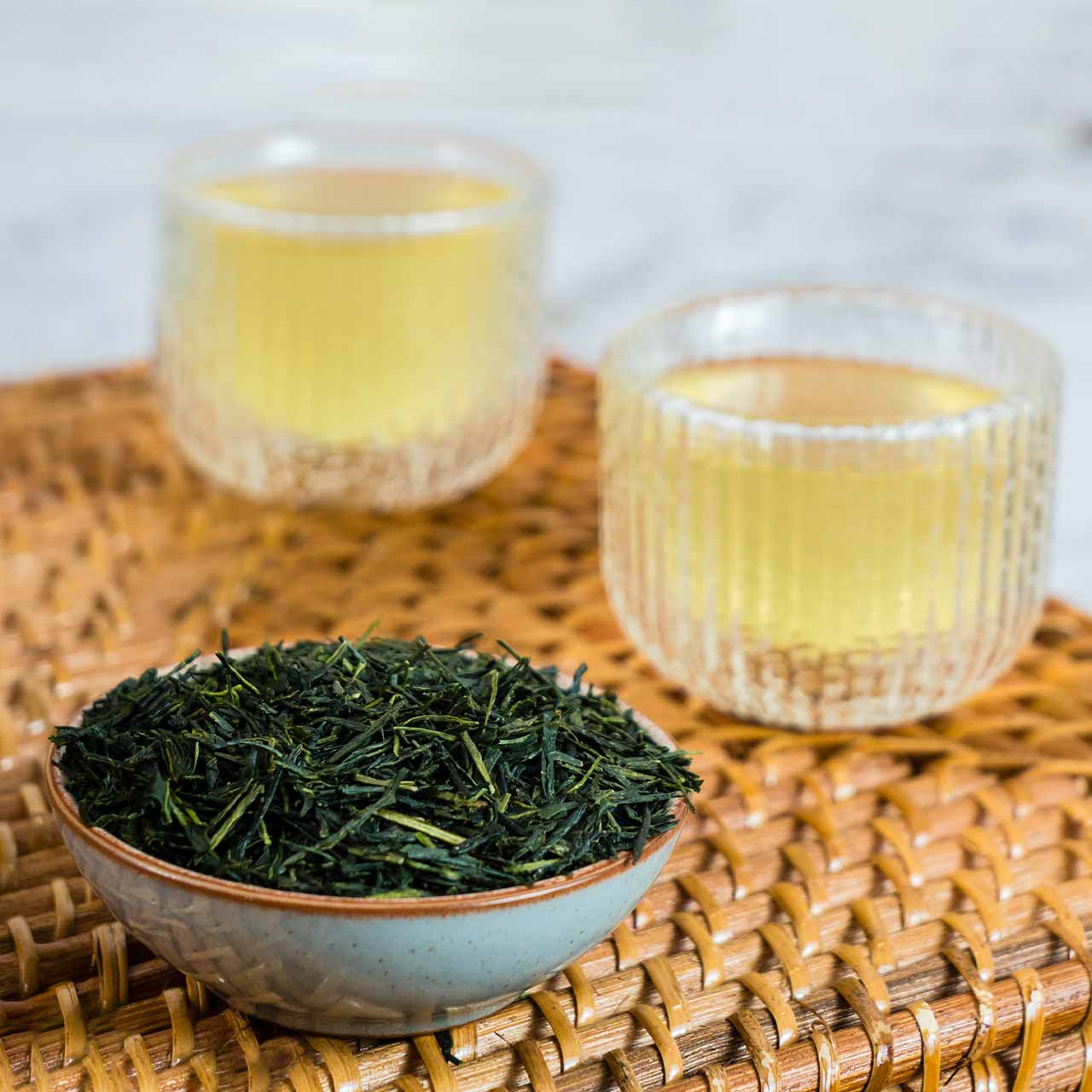

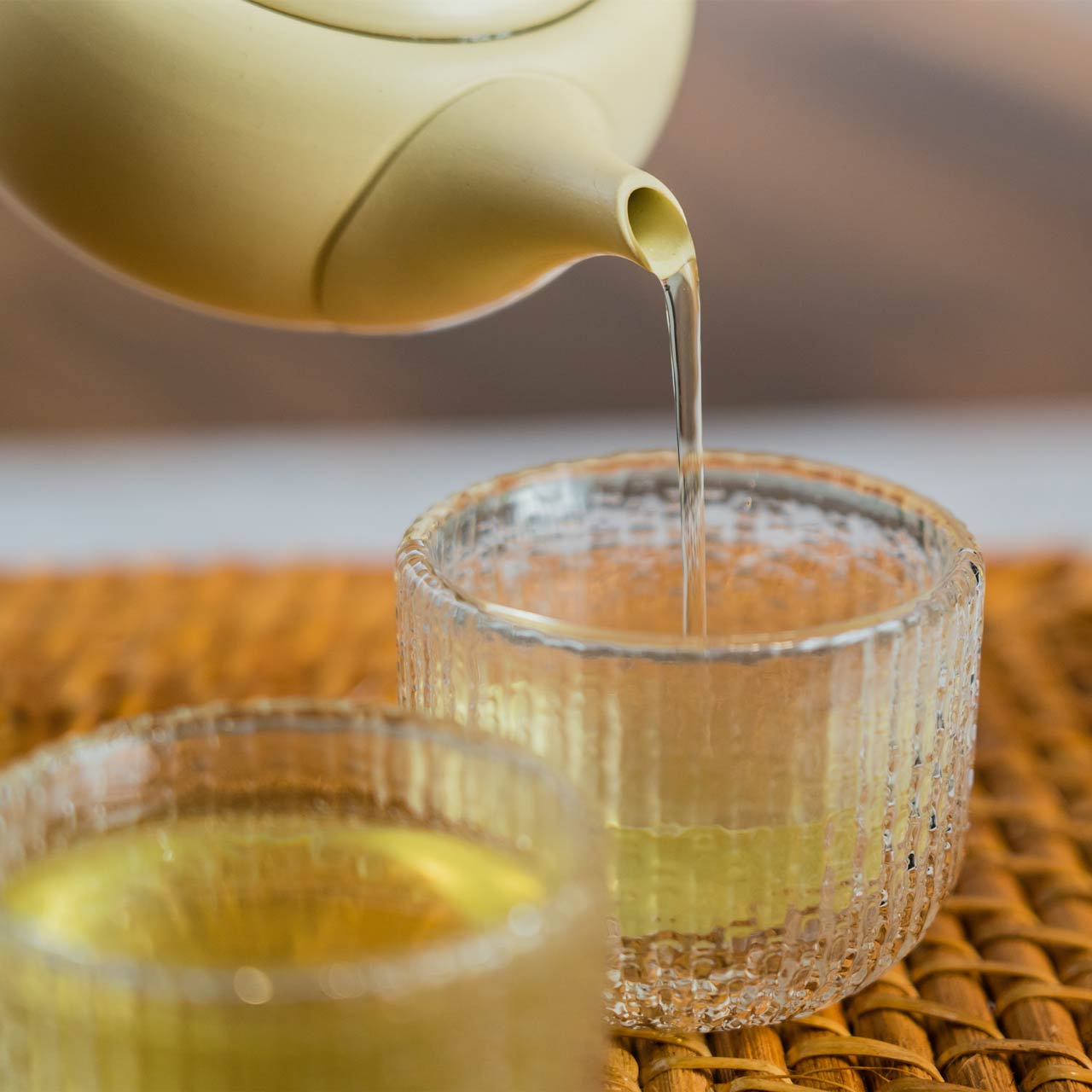

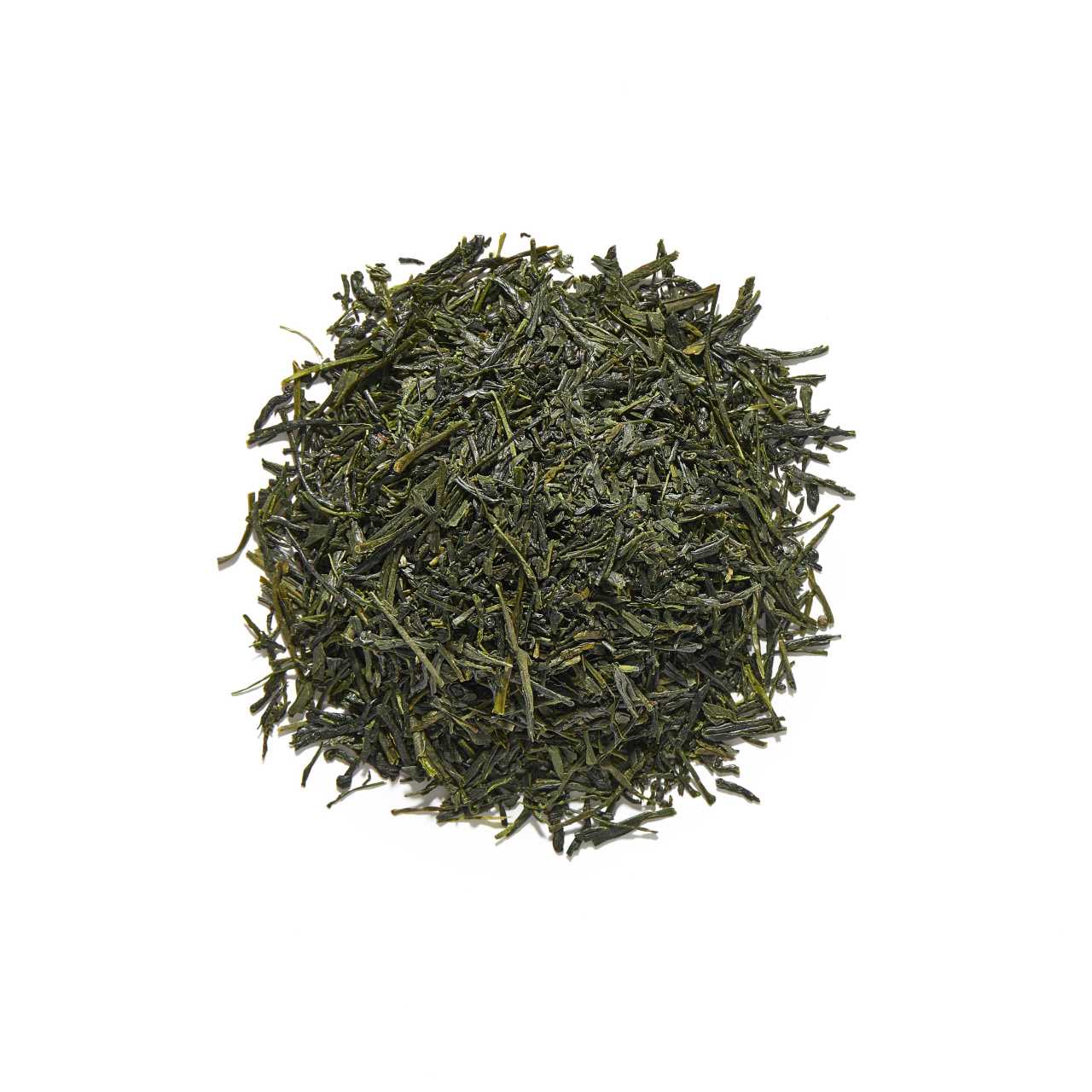

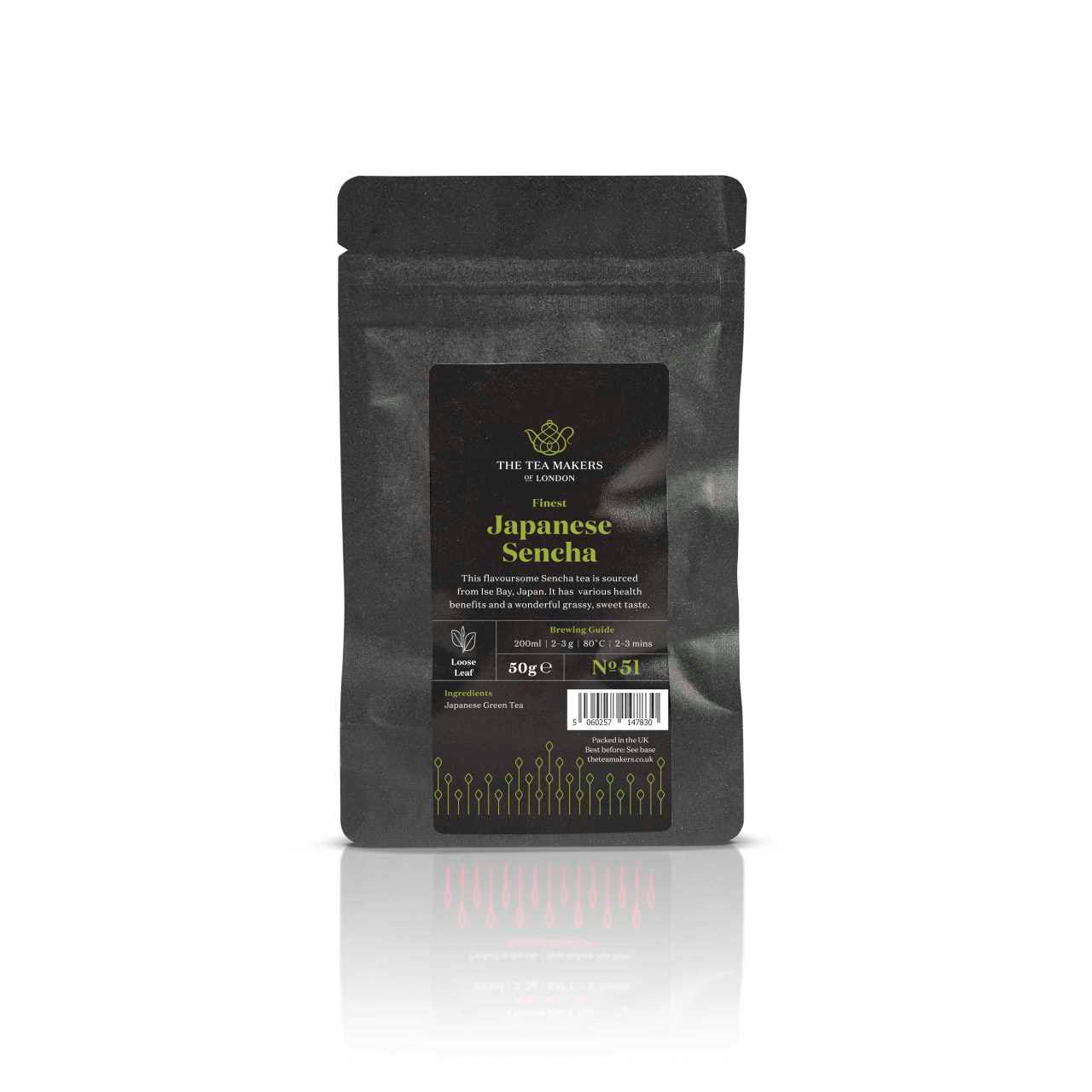

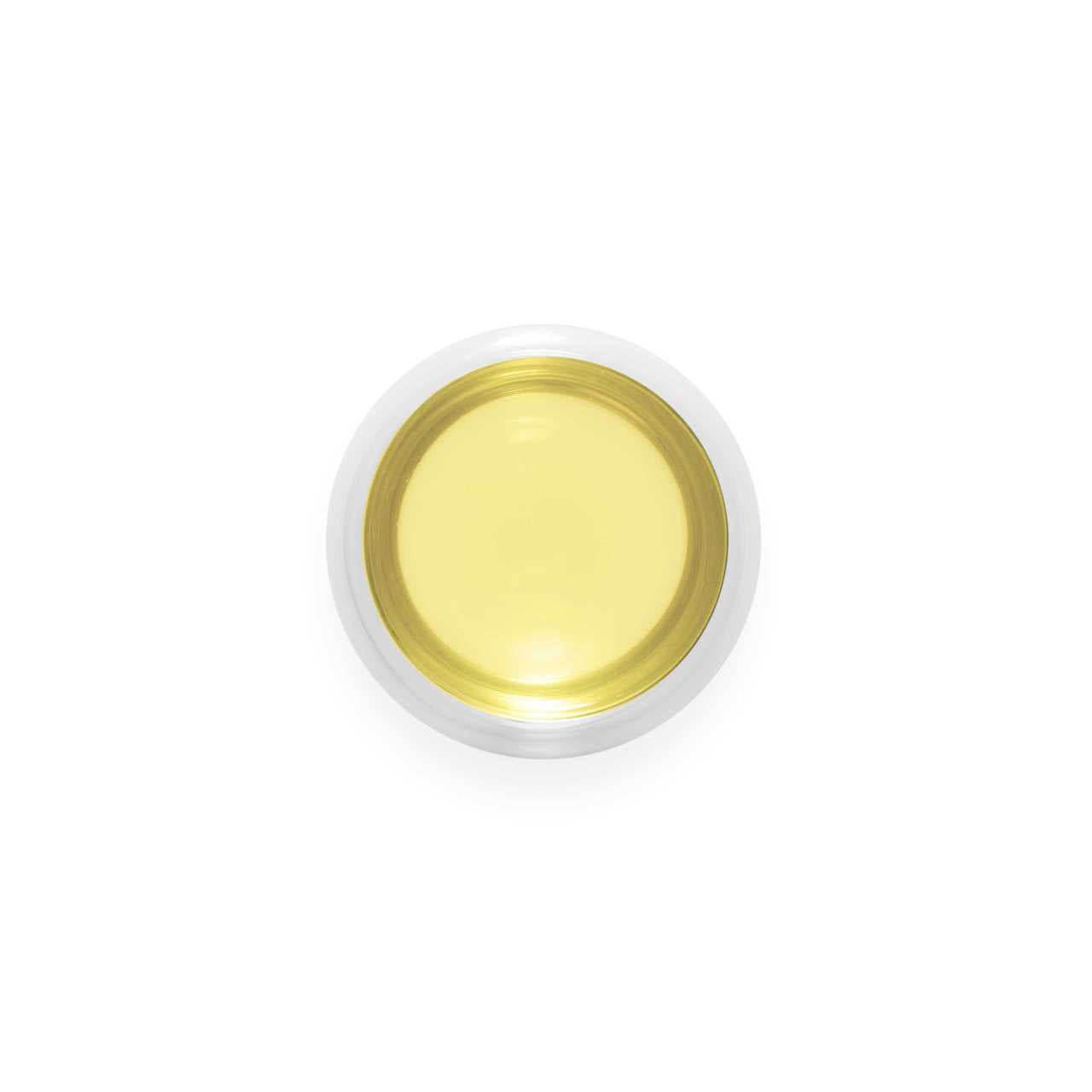

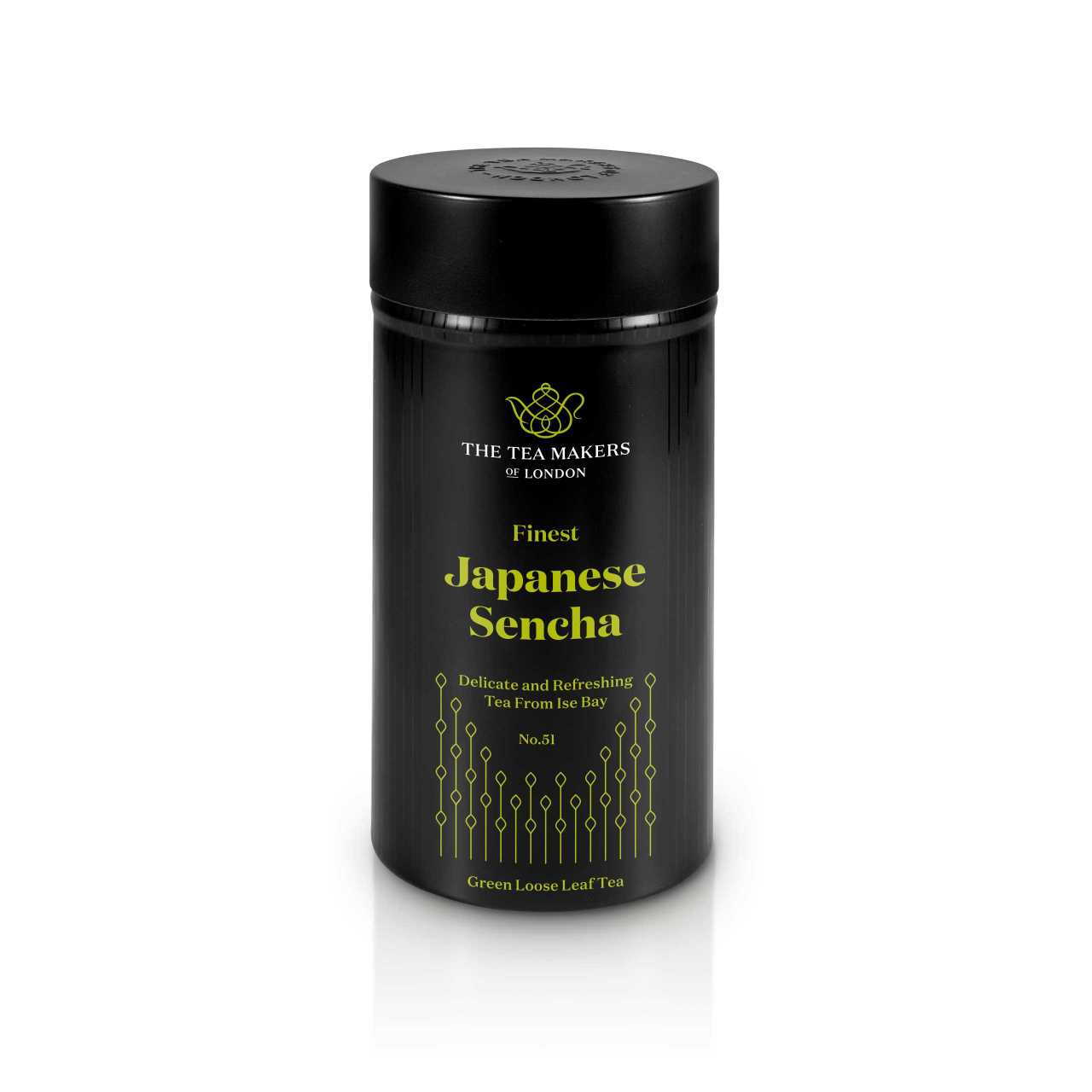

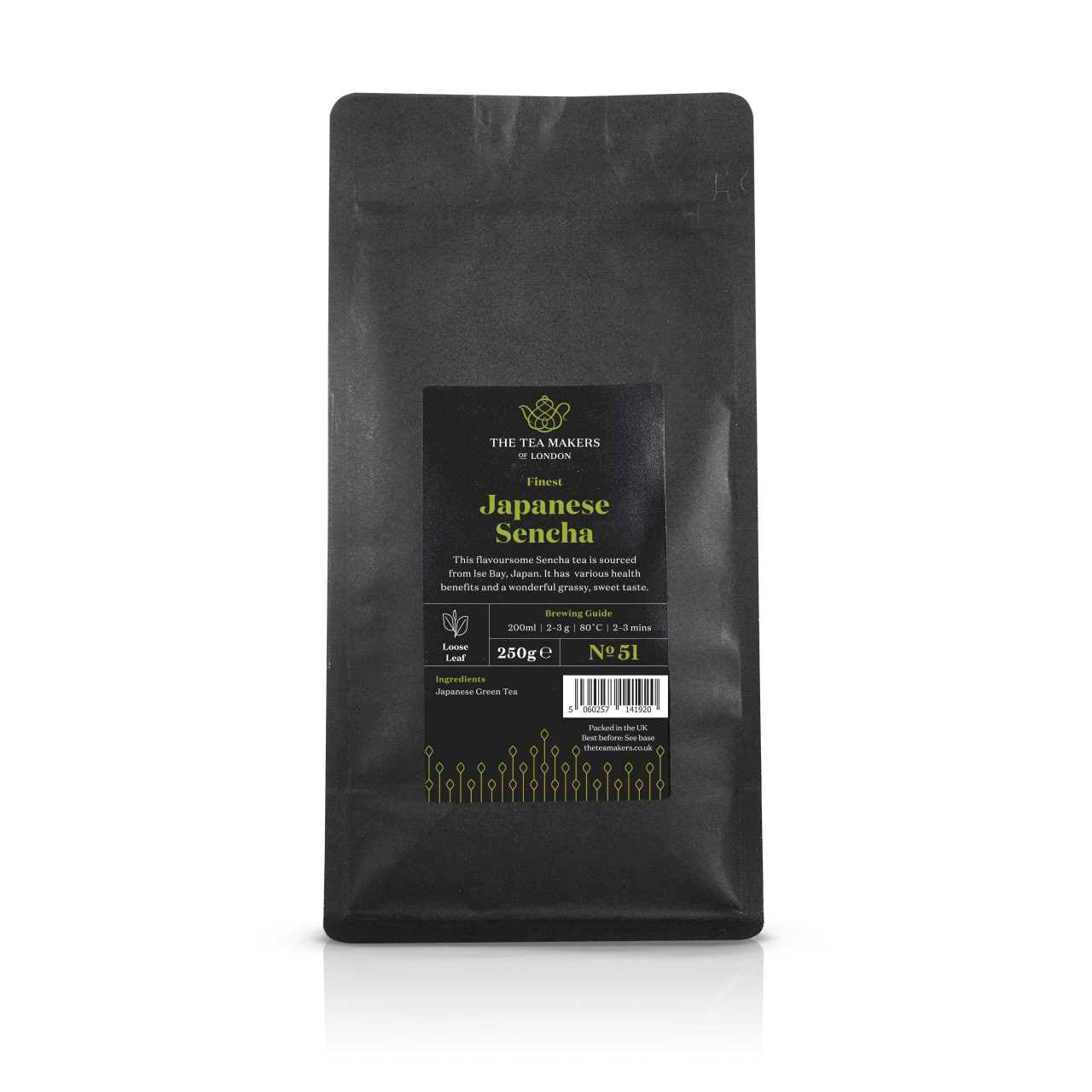



No. 51
Japanese Sencha Green Tea
An authentic loose-leaf Japanese tea with a clean green flavour, our award-winning Sencha is refreshing, grassy-sweet and delicious whether drunk hot or cold.
Choose options
An authentic loose-leaf Japanese tea with a clean green flavour, our award-winning Sencha is refreshing, grassy-sweet and delicious whether drunk hot or cold.
An authentic loose-leaf Japanese tea with a clean green flavour, our award-winning Sencha is refreshing, grassy-sweet and delicious whether drunk hot or cold.
Harvested in the historic tea-growing district of Ise Bay, Japan, our No. 51 loose leaf Sencha is an Great Taste award-winning luxury green tea picked from the treasured spring flush on a farm cultivated by Yosh Tsutsumi. With a fresh grass and seaweed aroma, and sweet flavour with subtle umami astringency, it's a high-quality refreshing brew that can be enjoyed hot or cold at any time of day.
Deep green, broken needle-like tea leaves create a clear, light-green infusion with sunny yellow undertones. In the mouth are more of those grassy characters, along with a creamy quality that makes for supremely smooth sipping.
First-flush Sencha like this Great Taste Awards winner are considered the finest of their kind, and we work closely with producer to source the best from each harvest. Our Japanese Sencha green tea is grown from the hybrid Saemidori (it means 'clear green') cultivar at around sea level in the Ise Bay area of Mie Prefecture on Honshu, where tea has been grown for some 800 years.
What is sencha tea?
Much loved for its light vegetal character and fresh, grassy quality Sencha is one of the most popular teas in Japan and certainly one of its most successful exports. A Buddhist monk called Eisai is widely credited with introducing tea farming to Japan, bringing seeds back from a visit to China in 1191. His book, Kissa Yojoki (which can be translated as 'How to Stay Healthy by Drinking Tea'), was the first book about tea in Japan.
Tea, the monks believed, was beneficial to both health and meditation. Their uptake was followed by the tea ceremonies associated with Samurai and Japanese intellectual culture – created to appreciate the arts, philosophy, education and politics while enjoying the brain-sharpening benefits of this hot 'new' caffeinated beverage.
By the 16th century, tea bushes were being shade-grown to boost chlorophyll and mellow out the leaves' flavour. A method still used today in the production of matcha. But it was during Sakoku, Japan's period of self-imposed isolation from 1633 to 1853, that local tea growers really started experimenting with unique production techniques.
In 1738, a tea farmer called Nagatani Soen made the first batch of recognisably modern sencha by quickly steaming the leaves to halt oxidation. He then immediately dried and rolled them, thereby locking in their garden freshness and rich green hue.
Much the same technique is still used in the production of sencha, representing about 80 per cent of the Japanese tea industry. Our Japanese Sencha tea is steamed, gently machine-rolled and shaped during the teas production into the customary thin, cylindrical form of tea leaf, which has a very fine and fragile structure. Finally, the leaves go through hot-air drying to reduce the moisture content, aiding preservation and capturing the tea's distinctive flavour.
The health benefits of sencha green tea
Like other speciality green teas, sencha is made from young, unoxidised leaves through a low-intervention production process that helps preserve the mother plant's nutrients and antioxidants. Studies have shown that the health benefits of green tea may include weight loss, lowered blood pressure and cholesterol, better resistance to the ageing effects of free radicals – even improved dental health, thanks to its fluoride content. But the best reason to drink our Sencha – whether served comfortingly warm or refreshingly chilled – is its beautifully clean, green flavour.
If you loved this Japanese loose leaf tea…
If you like this tea, you'll love our luxurious Gyokuro green tea or our next-level Supreme Sencha, also from the Ise Bay area of Mie, Japan. Double the health benefits of Japanese sencha by combining it with matcha in a caddy of clean-tasting Sencha Iri Matcha or enjoying our antioxidant-rich Sencha Goji Berry blend. Alternatively, try Supreme Genmaicha, which combines the fresh taste of green tea with the toasty notes of roasted rice, or Genmaicha Iri Matcha, which adds matcha into the mix for a delicious three-dimensional flavour.
Read our blog to learn all about the Health Benefits of Japanese Green Teas.
This tea has a clean, green flavour. Refreshing, grassy-sweet and delicious whether drunk hot or cold.
Japanese Green Tea
